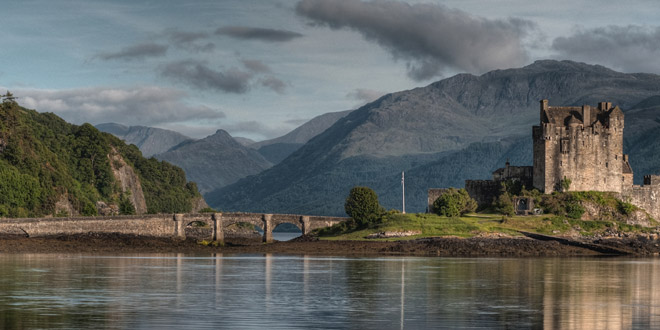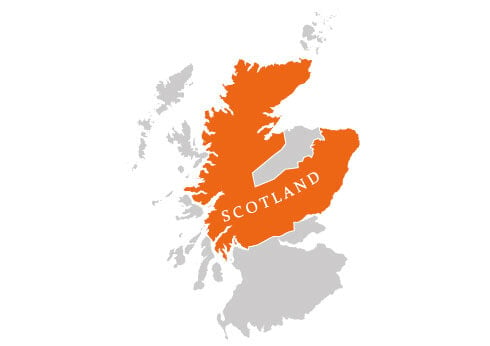
HighlandSingle Malt Scotch Whisky
To call Highland single malts diverse is an understatement: stretching from the Glasgow commuter belt to the Pentland Firth and from the fertile east coast to the rugged west, this vast area boasts a rich variety of distillery styles. From light and grassy to heavily sherried – these are whiskies that refuse to be pigeonholed.
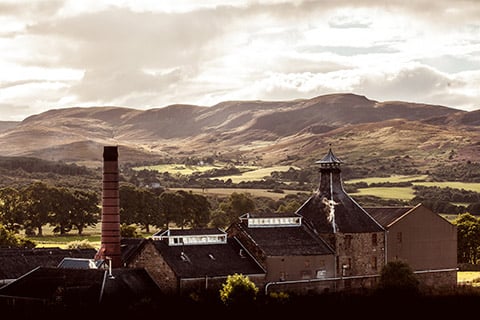 Highland whisky is the most stylistically diverse in Scotland
Highland whisky is the most stylistically diverse in Scotland
All points of the compass
The simplest way to sub-divide the stylistically disparate 30 surviving distilleries in the Highlands is by geography: Southern for those nearest the Highland Line; Western for the few scattered along the Hebridean coast; Northern for the eastern coastline above Inverness; Eastern along the coast either side of Aberdeen; and Central for the remaining cluster, mostly in Perthshire.
Song of the south
The few distilleries remaining within easy reach of Glasgow and Stirling illustrate this diversity in microcosm: from grassily intense, deceptively powerful Glengoyne to multi-faceted, iconoclastic Loch Lomond; and from the evolving character of ex-mill Deanston to the nuttily fragrant resurrected plant at Tullibardine.
Go west…
The serpentine curves of Scotland’s Hebridean coast are now something of a wasteland for distilleries, but a newcomer is helping to change that: Adelphi’s Ardnamurchan Distillery is the most westerly on the mainland and is set to produce a mix of peated and unpeated spirit.
The long road to its lonely location at Glenbeg makes Ardnamurchan’s new visitor centre an unlikely bet for passing trade, but the other two Western Highland distilleries enjoy more efficient transport links: the maritime fruitiness of Oban and the muscly spiciness of Ben Nevis.
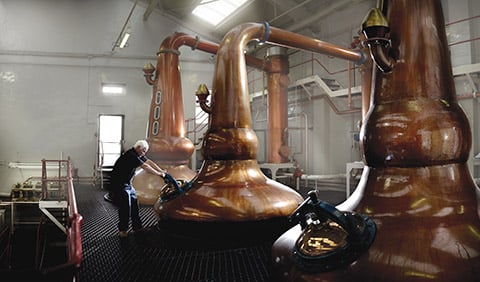 Glengoyne is known for its powerful style of whisky
Glengoyne is known for its powerful style of whisky
Moving north…
The eastern coastline north of Inverness is a hotbed of whisky individuality. There’s a general tendency towards medium-weight spirit with a hint of brine, but here you’ll also find the lightly fragrant spice of Glenmorangie, the rich complexity of Dalmore and the uniquely waxy Clynelish.
Eastern contrasts
The Eastern Highlands, taking in Banff and Aberdeen, and heading south towards Montrose, are home to wildly differing distilleries, from Glendronach and Glenglassaugh – tending towards a richer Speyside style – to the more austere, smokier delights of Glen Garioch and Ardmore.
Journey to the centre
Perthshire once counted 70 or so distilleries within its borders; now there are only six in the whole of the Central Highlands. The survivors range from the thickly fruited spice of Aberfeldy and grassy Royal Lochnagar in the shadow of Balmoral, to the succulent honeyed richness of Dalwhinnie.
Did you know?
- The Highlands is the largest geographical area in the Scotch Whisky classification
- Highland distilleries account for about 25% of Scotland’s malt whisky production; include Speyside and that figure rises to more than 85%
- Only three distilleries are allowed to use the ‘Royal’ epithet in their names, and all are in the Highlands: Royal Brackla, Glenury Royal (now closed) and Royal Lochnagar
Typical Character and Style of Highland
-
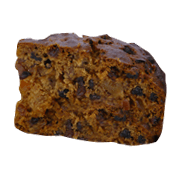 Fruit Cake
Fruit Cake
-
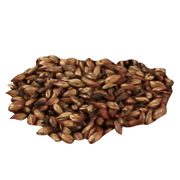 Malt
Malt
-
 Oak
Oak
-
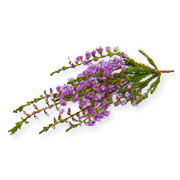 Heather
Heather
-
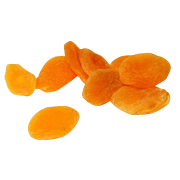 Dried Fruit
Dried Fruit
-
 Smoke
Smoke
Distilleries in Highland
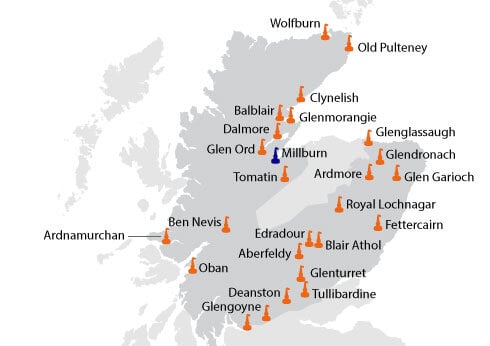
Filter
Price Range
Bottling Status
Distillery/Brand
Age
Vintage
Cask Type
Bottler
Series
Strength
Size
Single Cask
Limited Edition
Flavour Profile
Colouring
Certification
Sustainability

Dalmore Port Wood Reserve2 Glass Set
$100.26
($143.22 per litre)

Dalmore 12 Year OldPedestal Tin
$64.66
($92.38 per litre)

Blair Athol 12 Year OldFlora & Fauna
$52.80
($75.43 per litre)

Oban Bay ReserveGame of Thrones Night's Watch
$73.29
($104.70 per litre)

Personalised Highland Special Reserve Single MaltSherry Cask
$64.66
($92.38 per litre)

Dalmore 15 Year Old
$114.33
($163.33 per litre)

Nc'nean Organic Single Malt
$52.58
($75.12 per litre)

Balblair 15 Year Old
$84.08
($120.11 per litre)

Glendronach 15 Year Old RevivalSherry Cask
$83
($118.57 per litre)

Glenmorangie 18 Year Old
$120.80
($172.58 per litre)

Edradour 10 Year Old
$47.94
($68.49 per litre)

Clynelish 199526 Year Old 50th Anniversary
$404.48
($577.83 per litre)

Oban 14 Year Old
$83
($118.57 per litre)

Glenturret 12 Year Old2022 Release
$72.21
($103.16 per litre)

Glen Garioch 15 Year Old Sherry Cask
$107.81
($154.01 per litre)

Edradour 201210 Year Old Sherry Cask Signatory
$62.83
($89.76 per litre)

Wolfburn 10 Year OldOloroso Sherry Cask
$70.06
($100.08 per litre)

Clynelish ReserveGame of Thrones House Tyrell
$46.33
($66.18 per litre)

Royal Lochnagar 12 Year Old
$44.17
($63.10 per litre)

Tullibardine 15 Year Old
$59.59
($85.13 per litre)

Ben Nevis 10 Year Old
$60.67
($86.67 per litre)

Nc'Nean HuntressWoodland Candy Bot.2023
$86.23
($123.19 per litre)

Cu Bocan 15 Year Old
$97.02
($138.60 per litre)

Oban Little Bay
$61.43
($87.75 per litre)


